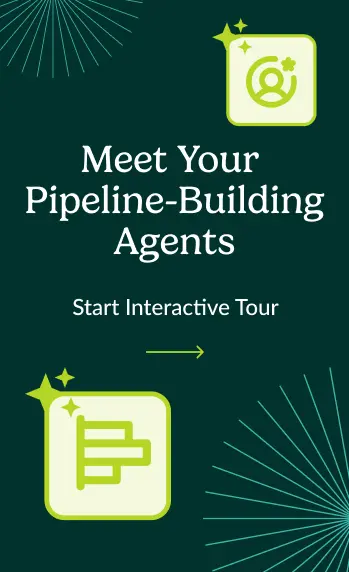Signal-Based Selling: 5 Use Cases for GTM Teams
Published:

The vision of signal-based selling — using real-time data insights to engage prospects when they’re ready to buy — has tantalized revenue teams for years. With the breadth of information that modern tools make available, it should be easy.
Unfortunately, sellers often need to navigate several different tools and spreadsheets to access these insights. Faced with the prospect of sifting through all this data, they may shut down, ignore it, and resort to instinct. Cue missed opportunities, wasted time, and a less-than-stellar buyer experience.
Instead, sellers need a single stream of prioritized intent signals they can act on with the click of a button — the kind you can find in an AI-powered Revenue Orchestration Platform like Salesloft.
This guide will explore five practical use cases to improve your team’s performance and buyers’ experiences.





























